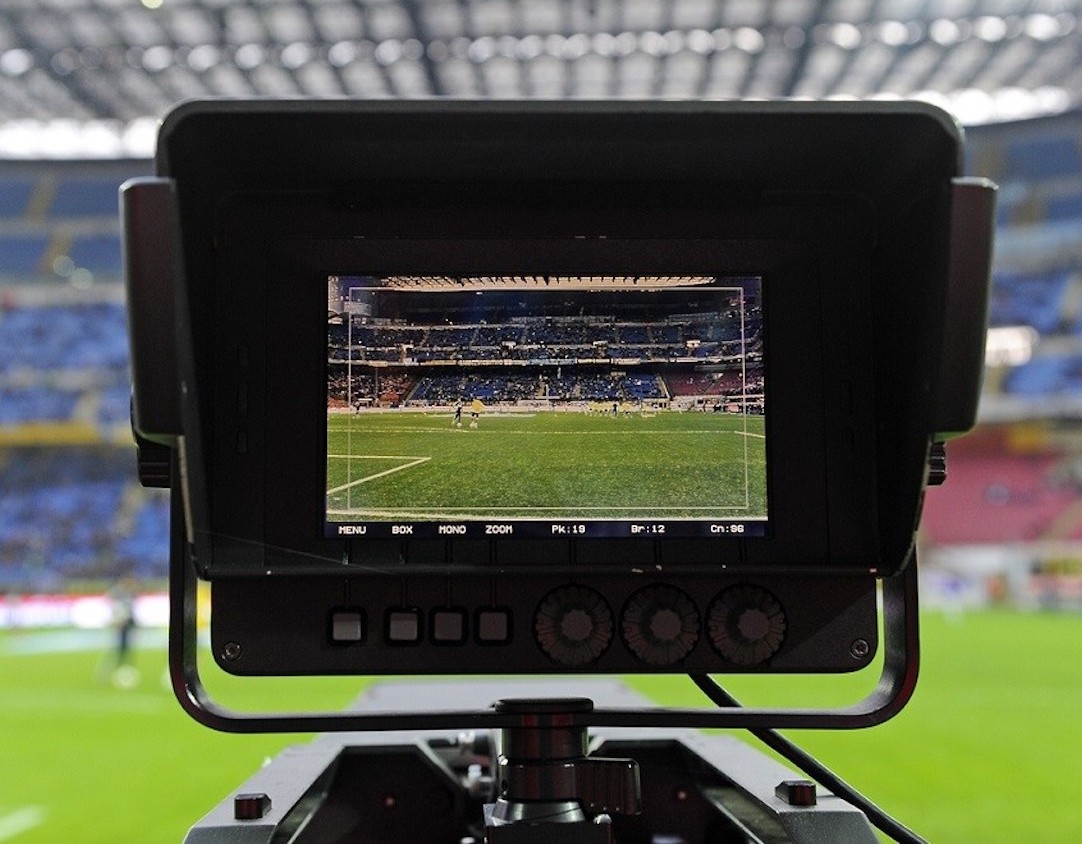Setting Up a Multi-Camera Sports Broadcast 스포츠중계 쿨티비Setting Up a Multi-Camera Sports Broadcast 스포츠중계 쿨티비
0 Comments 2:30 amBroadcasting live sports 스포츠중계 쿨티비 events can seem expensive, but it is possible to set up a multi-camera sports broadcast on a budget. With the right equipment, techniques, and planning, even small sports organizations or content creators can deliver high-quality broadcasts without breaking the bank. In this article, we will guide you through setting up an efficient and budget-friendly multi-camera sports broadcast.
Why Multi-Camera Broadcasts Are Essential for Sports
The Power of Multiple Angles
A multi-camera setup is essential for sports broadcasting because it provides a dynamic viewing experience for the audience. Different camera angles highlight various aspects of the game, such as close-up shots of key players, wide-angle field views, and dynamic action shots from multiple perspectives.
Enhanced Viewer Engagement
With multi-camera broadcasts, viewers stay engaged throughout the game because they are not limited to a single angle. The variety of perspectives allows for better storytelling and increases the excitement and energy of the broadcast.
Professionalism and Quality
Multi-camera broadcasts are a hallmark of professional sports broadcasts. By incorporating multiple cameras, you not only improve the quality of your broadcast but also enhance the overall production value, making your stream feel more polished and appealing to a wider audience.
Understanding Your Budget and Equipment Needs
Before diving into the specifics of equipment, it’s important to assess your budget. A clear budget allows you to determine which equipment you can afford while still delivering a high-quality broadcast.
Key Equipment You Need for a Multi-Camera Setup
Setting up a professional-looking sports broadcast on a budget involves making smart decisions about what equipment to invest in. Here’s a breakdown of the essential equipment for a multi-camera sports broadcast:
1. Cameras
You do not need high-end professional cameras to produce quality sports broadcasts. While professional cameras can be very expensive, there are affordable alternatives that can still capture excellent footage. Consider the following options:
- Entry-Level DSLR or Mirrorless Cameras: These cameras are a cost-effective choice and offer good video quality. Popular models such as the Canon EOS Rebel series or the Sony Alpha series are budget-friendly options.
- Camcorders: Another affordable option for capturing live sports action. Many budget camcorders offer decent 1080p or even 4K resolution. Look for models that have good optical zoom capabilities for versatile coverage.
- Webcams for Close-Up Shots: For tight, focused shots, using good-quality webcams is a budget-friendly option. They can be mounted on tripods and provide a stable and sharp image for specific camera angles.
2. Video Switcher/Switcher Software
A video switcher allows you to switch between multiple camera feeds during the broadcast. There are both hardware and software options available for this purpose. On a budget, software-based solutions can be a great choice:
- Open Broadcaster Software (OBS): OBS is a free and open-source software that allows for multi-camera switching, live streaming, and recording. It supports various video sources and integrates with multiple platforms.
- vMix: vMix offers both budget and professional versions of its software, providing multi-camera switching, live streaming, and recording capabilities. The basic version of vMix offers many features at an affordable price point.
- Wirecast Studio: Wirecast is another software-based solution for live streaming and switching between cameras. While it’s on the pricier side for the more advanced versions, Wirecast Studio offers an affordable entry-level option.
3. Audio Equipment
Clear and crisp audio is just as important as good visuals. For multi-camera broadcasts, you’ll need reliable microphones and an audio mixing solution.
- Lavalier Microphones: These wireless microphones can be clipped to players or staff members for clear, hands-free audio. Affordable options like the Rode Wireless GO provide excellent sound quality.
- Shotgun Microphones: A shotgun microphone is perfect for capturing directional sound from a specific source, such as a commentator or a close-up crowd sound. A budget-friendly option like the Audio-Technica AT875R shotgun mic will serve you well.
- Audio Mixers: Audio mixers allow you to balance and adjust multiple sound sources, such as microphones, ambient noise, and commentary. There are affordable mixers available from brands like Behringer or Yamaha that will allow you to control the audio levels effectively.
4. Tripods, Mounts, and Stabilizers
While cameras are essential, the way they are positioned and stabilized also impacts the quality of your broadcast. Here’s what you’ll need:
- Basic Tripods: Invest in sturdy, adjustable tripods to mount your cameras. Make sure they are reliable and can withstand the motion of sports action.
- Gimbals and Stabilizers: For dynamic sports like soccer or basketball, consider investing in affordable gimbals to keep your handheld cameras steady and smooth.
- Mounts and Clamps: Securely attach your cameras to fixed positions on the sidelines or in the stands. Budget-friendly mounts and clamps can hold your cameras in place during the game, ensuring stability and consistency.
5. Streaming Equipment
To broadcast your multi-camera sports event to an online audience, you’ll need a solid internet connection and streaming setup:
- Encoder: A hardware or software encoder is needed to stream the video feed to platforms like YouTube, Facebook, or your website. Hardware encoders can be expensive, but software options like OBS, combined with a powerful computer, are an affordable alternative.
- Internet Connection: Ensure you have a stable and high-speed internet connection to avoid lag or interruptions in your broadcast. Aim for a minimum upload speed of 5-10 Mbps for HD broadcasts.
Setting Up the Broadcast
1. Plan Your Camera Placement
The key to successful multi-camera broadcasting is strategic camera placement. You need to plan your camera angles based on the type of sport you are broadcasting and where the most action occurs.
Fixed Cameras
For a budget-friendly setup, consider mounting one or two cameras at fixed locations. For example, position one camera for wide-angle shots from the sidelines, and another for tracking specific players or important moments.
Moving Cameras
If your budget allows, use a handheld or gimbal-mounted camera to follow the action in real-time. This provides dynamic shots that enhance the excitement of the broadcast.





